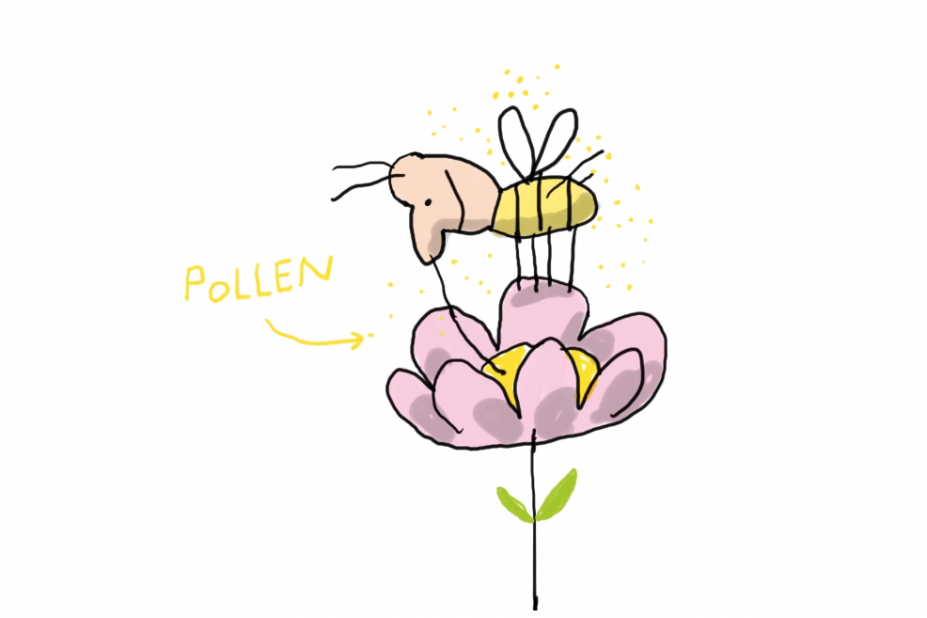Without bees, there would be no pears, no carrots, no cherries or tomatoes.
Because 7 out of 10 flowering plants reproduce thanks to bees!
But how can an insect help a plant to reproduce?
To get food, bees go from flower to flower gathering nectar, a sugary liquid that will be changed into honey.
As they gather the nectar from the flower, a fine powder called pollen gets stuck on the hairs of the bees’ body.
Bees carry this precious cargo to another flower of the same species. This is called pollination.
Transported by the bees, the pollen, containing the male cells of the flower, meets up with the female cells of another flower.
These are the right conditions for a fruit, carrying seeds, to develop.
One bee alone can visit 250 flowers in just one hour!





 Retour
Retour